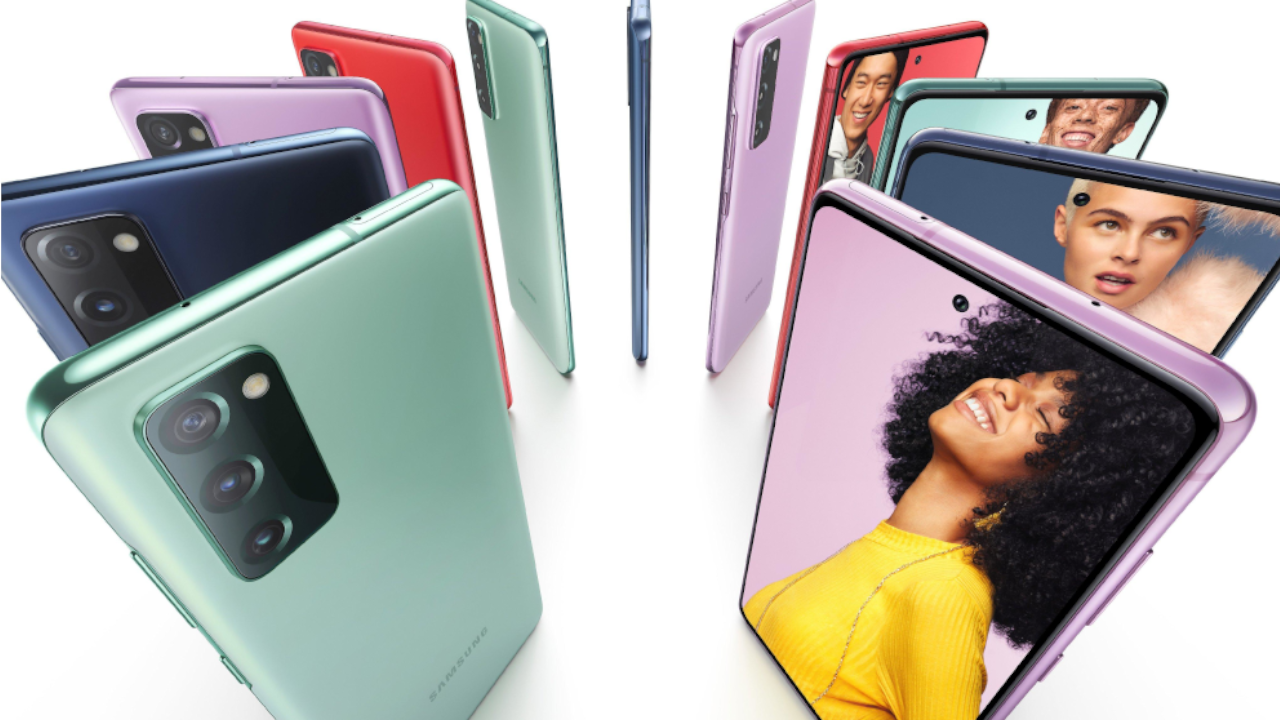
T3 Interview – James Kitto

James Kitto is Samsung's UK & Ireland Vice-President of Sales.
It seems like there have been an extraordinary number of Samsung phones being announced this year. We’ve had the flagship Galaxy S20 and Galaxy Note 20 ranges, the Galaxy Z Fold 2, 4G and 5G versions of the Z Flip, not to mention all the mid-range and budget devices that are pumped out with great frequency.
Then at the end of last month Samsung announced a brand new phone, the Galaxy S20 Fan Edition, promising premium features for a lower price point than the original S20 had to offer. We had a lot of questions that needed answers, so we sat down Vice President of Sales James Kitto to get to the bottom of things.
The first thing to wonder about is why Samsung has released the S20 FE as it is. The company is no stranger to ‘lite’ versions of its flagship devices, which we’ve all seen with the likes of the Galaxy S10e and Note 10 Lite, but the S20 FE is handling that a little differently. The obvious first question is why the phone was released now, rather than back in February alongside the rest of the S20 range.
According to Kitto the S20 FE has been in the works for some time, but instead of releasing a lighter handset at the start of the year Samsung sees the FE as a handset for the loyal Samsung customers. By listening to customer feedback on the S20 range, Samsung has opted to take “some of the very best elements of what you get from S20, democratizing those and making those available at an even more affordable price point”.
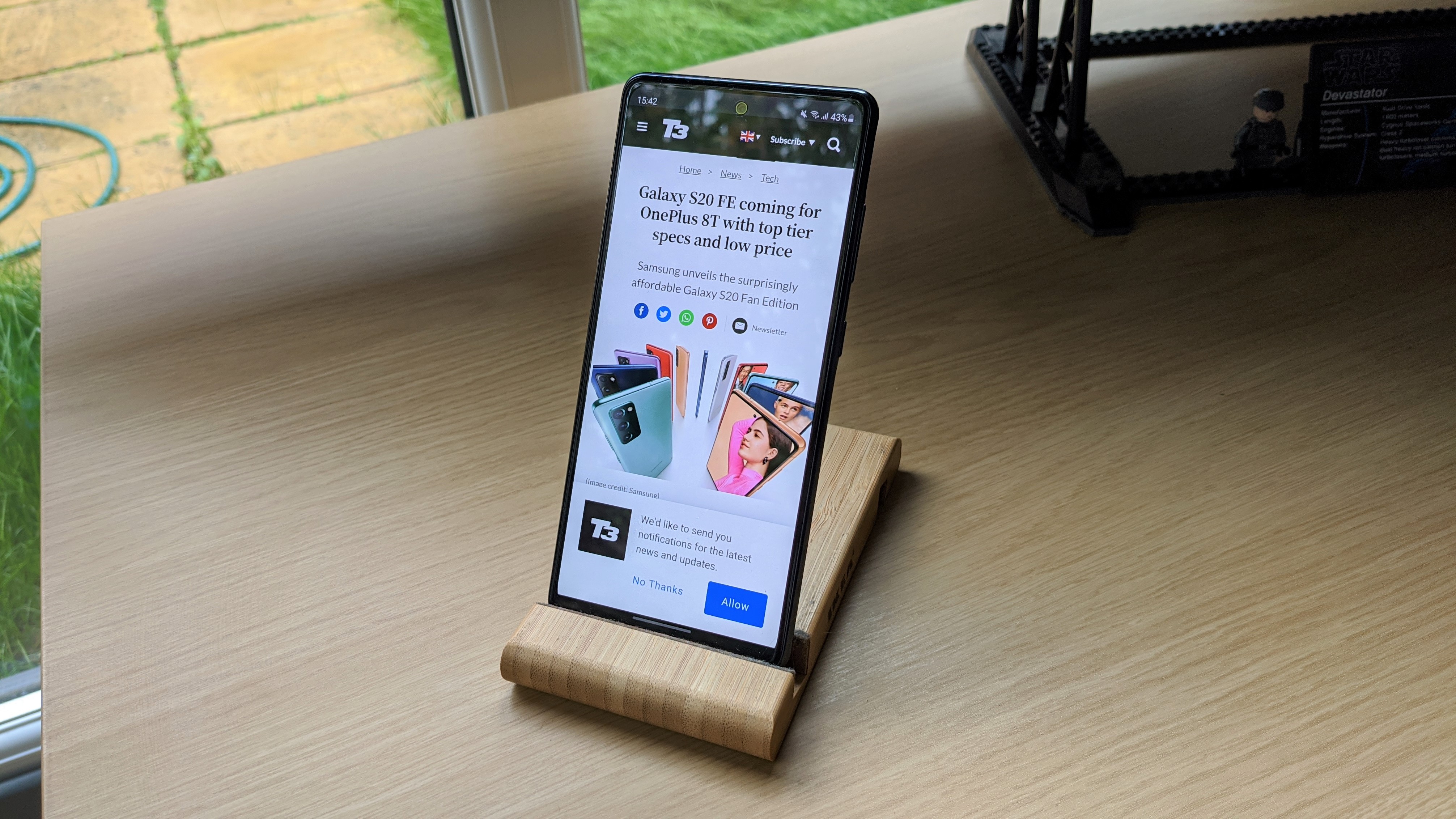
Kitto says the S20 range was a great success for Samsung, despite some initial pandemic-fuelled reports to the contrary, but there are still large numbers of customers rocking devices as old as the Samsung Galaxy S7. Despite the many, many options in Samsung’s existing portfolio, the S20 FE is designed for those customers to upgrade and get the best Samsung has to offer for a lower price. So it’s been about listening to them and finding out what they’d need from a new phone.
As for the naming aspect, it does seem a little bit strange that Samsung would scrap existing branding used on its cheaper premium handsets. The S10e was remarkably popular, and it’s very easy to figure out what the Note 10 Lite is, so why did Samsung choose to call the S20 FE a ‘Fan Edition?’ Apparently it’s all about that feedback, gathered from the millions of Samsung customers across the globe. Feedback that’s pulled in from several sources, including direct contact with Samsung members, social media, as well as more typical feedback and survey groups.
It’s all about building and maintaining customer loyalty, which is a “pillar” of Samsung’s core strategy. Ensuring customers have products and experiences they need, both on their phones and with other complementary products like tablets, wearables, and audio. Of course customers don’t always know what they need, and Kitto emphasised that Samsung is also trying to “put [its] finger on the pulse of the market” in terms of listening to customer needs and innovate by developing new features people don’t necessarily realise they need yet. All with the aim to “evolve this industry to deliver innovation, not just for innovation’s sake, but to really deliver on new human experiences.”
Sign up to the T3 newsletter for smarter living straight to your inbox
Get all the latest news, reviews, deals and buying guides on gorgeous tech, home and active products from the T3 experts
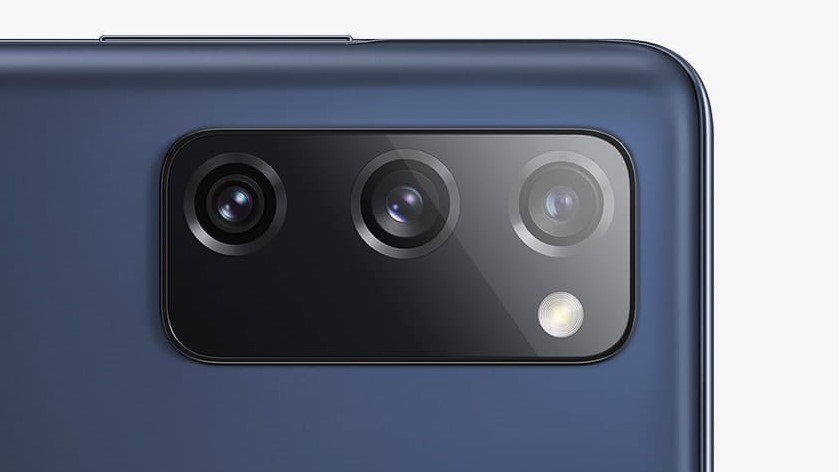
Price may well be a point of contention, especially in the world of COVID. The LTE S20 FE costs £599/AU$999, while the 5G model is going to cost you $699/£699/AU$1,149. The idea of premium level specs for a more affordable price is not new, but Samsung is determined on keeping its own discounted flagship well within a premium price point rather than dipping into mid-range – as we’ve seen with the likes of the Google Pixel 4a, OnePlus Nord, and 2020 iPhone SE.
Kitto noted that Samsung already has a large range of products on the market, “for pretty much any wallet size” as he put it. That includes the cheaper Galaxy A series, the older ‘lite models’ like the Galaxy S10e, as well as the larger and more expensive flagships. These phones are designed to have a “core galaxy DNA”, emphasising features like battery life, screen quality, and camera performance, but in a variety of products that helps customers find something that suits their needs and purposes.
That said Kitto explained that the S20 FE is about targeting customers who already had a Samsung flagship two or three years ago and are getting ready to upgrade. Some may have picked up one of 2020’s flagship offerings already, but the FE is there to give them another choice. The core Galaxy features at “a slightly more refined price point”.
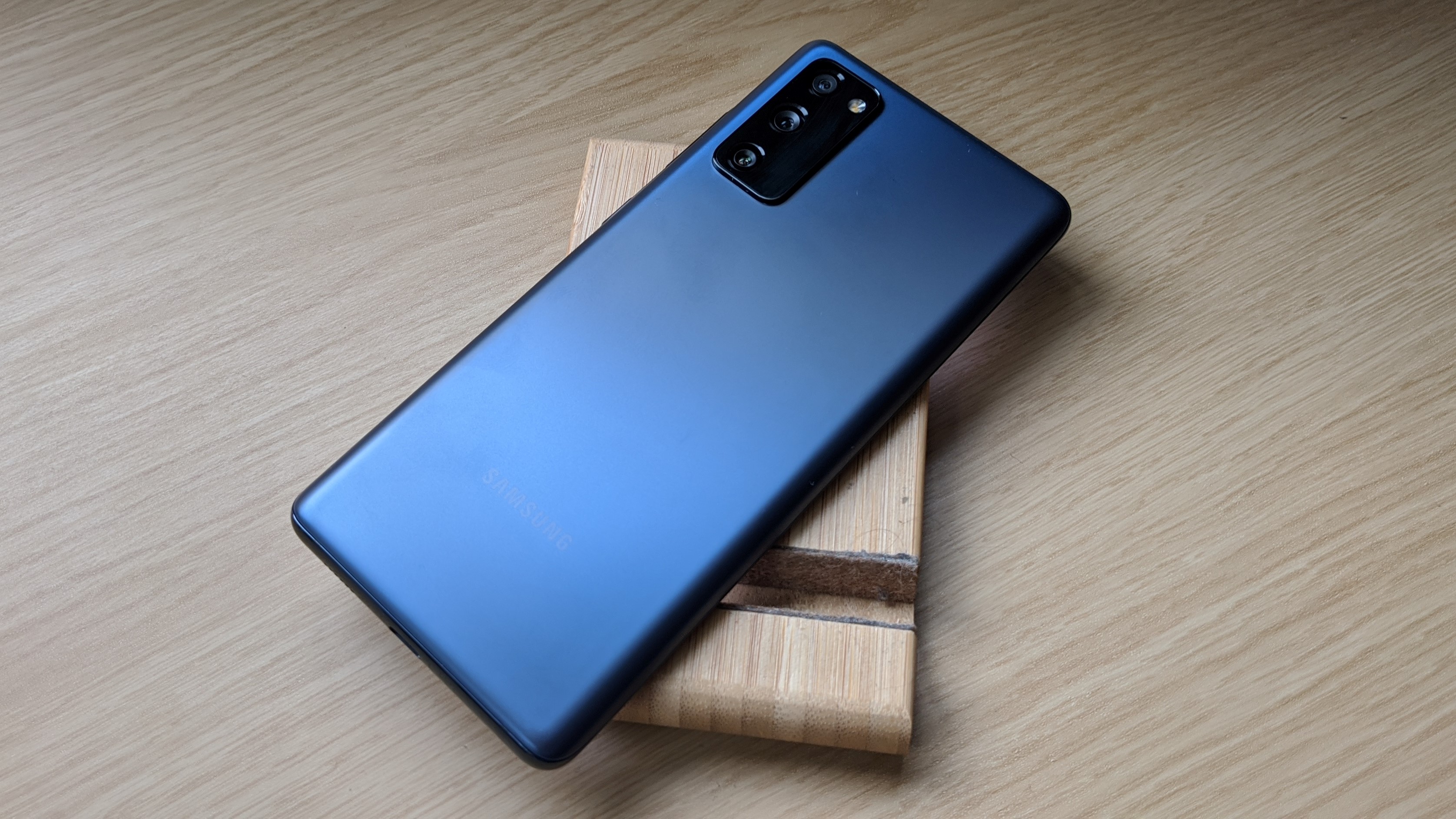
Evidently, though, the goal isn’t to downgrade their phones in order to hit a specific price point, Samsung wants to “democratize” them. Playing back into that customer feedback angle that gave the S20 FE its name.
Of course you can’t have everything, and there are still features from the main Galaxy S20 range that are missing on the S20 FE. Specs like lower screen resolution, a ‘glastic’ casing, no 8K video, and so on. When asked how Samsung decided which features to prioritise and which to compromise, Kitto said that this is a phone for fans. Specifically fans of streaming, gaming, selfies and photography, and of course fashion.
In other words the focus was creating a phone that had a great screen, a powerful camera, extra connectivity, all wrapped in a package that looks good. So we have the S20 FE with a 120Hz refresh rate, a full screen with Samsung’s smallest holepunch camera, 5G, the latest Samsung camera technology, and all in a choice of colours that have been designed to appeal to a wide audience.
It may be a little strange to focus on the fashion angle, but Kitto pointed out that a phone is “a fashion statement as much as it is a workhorse”. So Samsung went for something that can stand out from the crowd a little bit more - and the S20 FE designed to try and offer more choice in that regard.
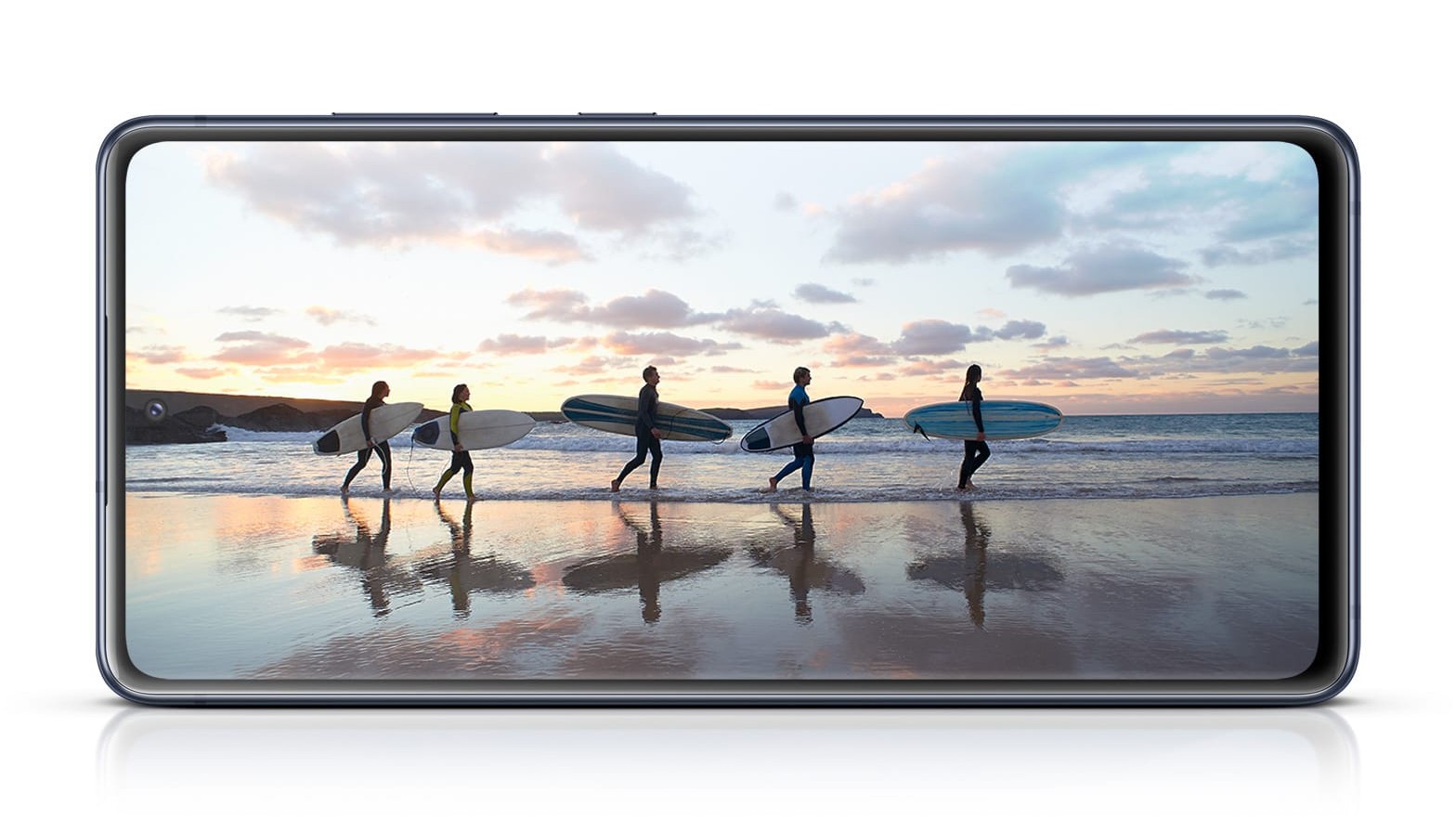
That said, despite changes Samsung has had to make as a company in response to the COVID-19 pandemic, very little changed in regard to the S20 FE. The phone has been in the works for a while, and while devices always get fine tuned in the run-up to launch most of what the S20 FE became had already been locked in. Of course how it’s being marketed has had to change, especially when you can’t get people into retail stores to have a go with the phone for themselves. But for the most part Samsung has been working with digital promoters to try and offer that retail-like experience without being in a physical store. So prospective customers can get a similar idea of what to expect from the S20 FE before they purchase one online or over the phone.
Kitto admitted that things are uncertain, but the increased reliance on remote shopping has helped the premium phone market grow over the past several months. Even the way things are, and in the midst of national lockdowns, people wanted to get hold of those new phones. Kitto explains this trend as people expect a lot from their phone, especially in a time of 5G expansion, with them needing a device that can properly handle their communication and work needs.
Those needs are different to each person as well, and Kitto explains Samsung’s large portfolio means those needs can be met by one of its products. Whether it’s the more enterprise and work-oriented features of the Note 20, or having something that performs well at the low price point of the Galaxy A Series, Samsung has enough choice to pair something with prospective customers’ needs.
And the S20 FE is the one designed to give people maximum choice in the core S20 range, without necessarily having to pay quite so much.
-
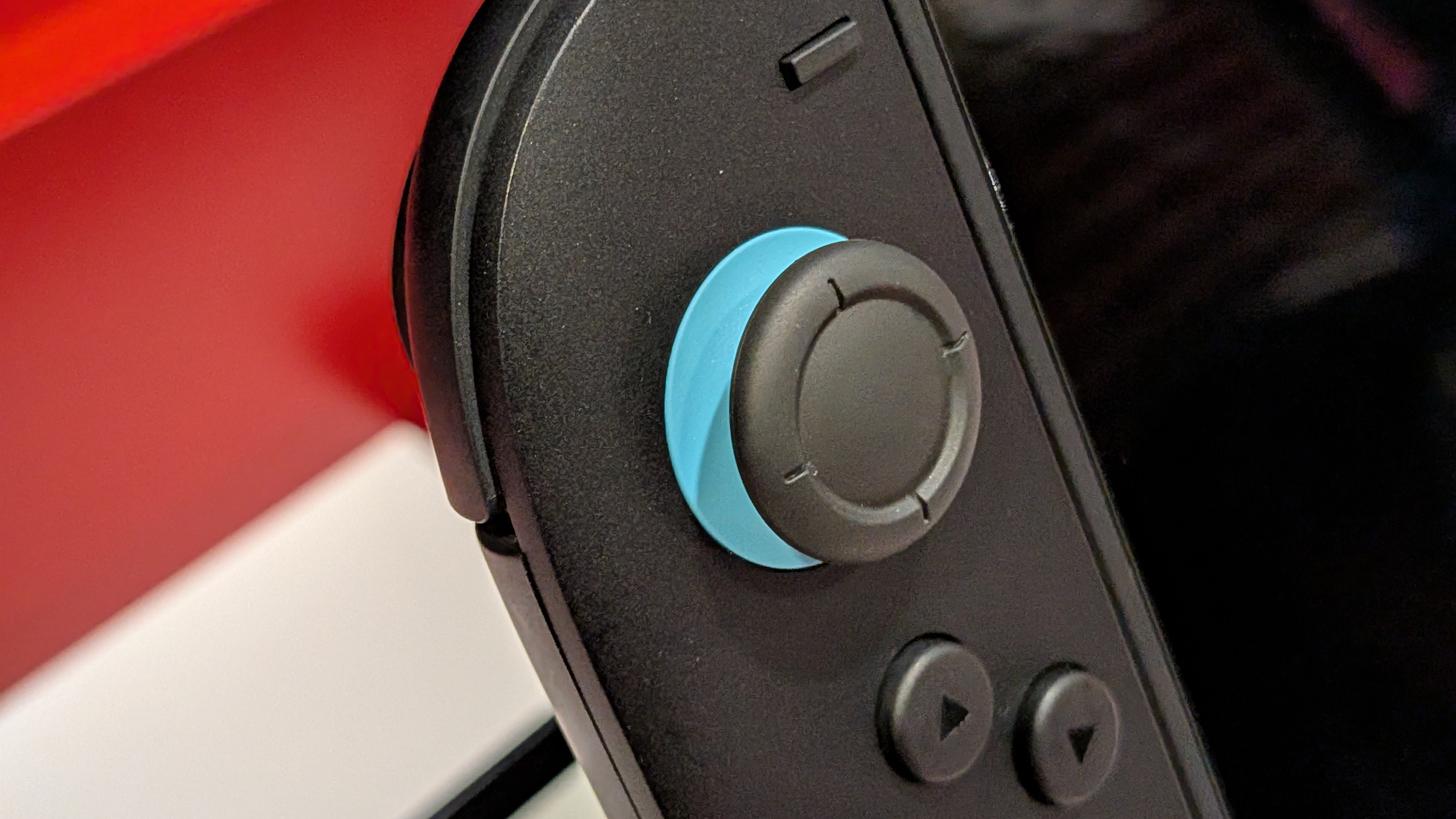 Nintendo Switch 2 tariff woes continue – here's how much it could cost you
Nintendo Switch 2 tariff woes continue – here's how much it could cost youExperts claim the Switch 2 will continue to be affected by Trump's tariffs – even as much as 145%
By Rik Henderson
-
 This one-day Apple Watch challenge could earn you a secret (non-virtual) reward
This one-day Apple Watch challenge could earn you a secret (non-virtual) rewardApple is now handing out animated trophies and real-life pins if you do a bit of exercise
By Matt Kollat